Meeting animal residents in the city of Busan
ALONG THE eastern coastline of Busan lies an expansive habitat of wildlife. Groups of gray herons and egrets, varied species of fish, and native reptiles all form a small yet rich urban ecosystem. Urban parks with vegetation and water serve as homes for wildlife animals adapting to the environment, as well as temporary shelters for migratory animals. Dongbaek Island, located in Haeundae reserves natural forest, is a home for families of water birds; it is connected to different branches of Oncheon Stream—where thousands of organisms dwell in the freshwater.
Haeundae Dongbaek Island
Located at the east end of Haeundae, Dongbaek Island is known for the Dongbaek Island Circular Trail which is connected all the way to the coastal trail of Haeundae Beach. As the word dong-baek, the Korean word for “camellia flowers,” suggests, the island shows its true beauty during the winter as these flowers decorate the trailway that loops around it. During the summer, Dongbaek Island presents a greener scenery full of pine trees. It is during the warmer times of the year that the small creatures living in the island reveal themselves.
Within the dense forest of Dongbaek Island lives a flock of gray herons. They show up more frequently during their breeding season—which lasts until midsummer[2]. Since Dongbaek Island is so close to the coastline, the region is vulnerable to strong winds and occasional typhoons during the summer. After a strong wind sweeps the forest, some nestlings fall off the trees and can be spotted in the walking trail. Gray herons feed on insects, amphibians, and fish. A complete ban on fishing and the forest reserves of Dongbaek Island have created a safe shelter for, not only gray herons, but also rabbits, carrion crows, and vipers. As such, two rabbits called the “to-sun couple,” which is a typical Korean phrase for cute rabbits, have become the mascots of Dongbaek Island; they are often spotted by visitors. In contrast to the skyscrapers and luxury hotels located alongside Haeundae Beach, Dongbaek Island offers safe shelter for birds and small animals fleeing from the city. The existence of a green habitat for animals is proof of the healthy and natural environment of Dongbaek Island.
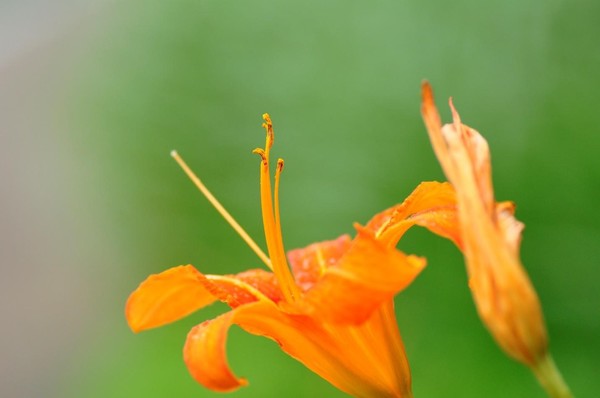
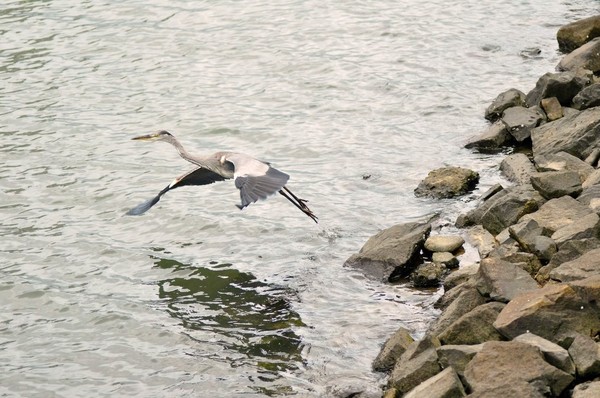

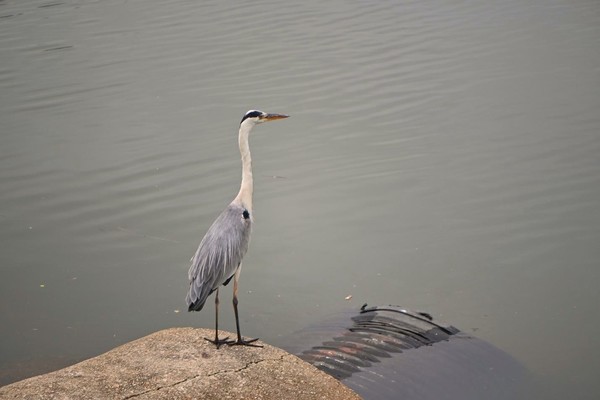
Suyeong River to Oncheon Stream
The gray herons of Dongbaek Island spend the daytime in Suyeong River and return to their home around sunset, after hours of fishing. Suyeong River, one of the longest rivers in Busan, is known for its rich biodiversity. The river used to be a popular fishing location for large trout, Carassius, and seabass—one can even find small crabs located between the wooden decks of the trail. The upper area of Suyeong River used to be an industrial area full of factories and industrial facilities. Industrial development, frequent contamination, and the lack of regulations once led to severe water pollution. However, the river has since been restored back in the 1980s to become a suitable environment for all kinds of wildlife.
Through Busan Galmaet-gil Trail, a popular walking trail with a total distance of 278 km, visitors can head from Suyeong River to Oncheon Stream Park[1]. Oncheon Stream was once severely contaminated due to water channel straightening projects, but was soon rehabilitated with the support of the residents of Dongnae-gu. After the water quality improved, there were efforts to foster an environmentally friendly area, including the addition of cycling trails in Oncheon Stream Park[3].
Oncheon Stream is a home for various animal species including fish, frogs, and birds. Under the clear water, one can find carps and trout—the prey of seagulls and ducks. Toads and bullfrogs can also be found along the trailway. Amongst all the wildlife animals, otters are the most popular residents in Oncheon Stream. Otters are an endangered wild species and live only in grade 1 waters, which speaks to the high quality of the water of the Oncheon Stream[4]. These otters sometimes hunt for fish in the nighttime and, with the support of the fishing ban of Oncheon Stream, the otters have continued to inhabit its waters.
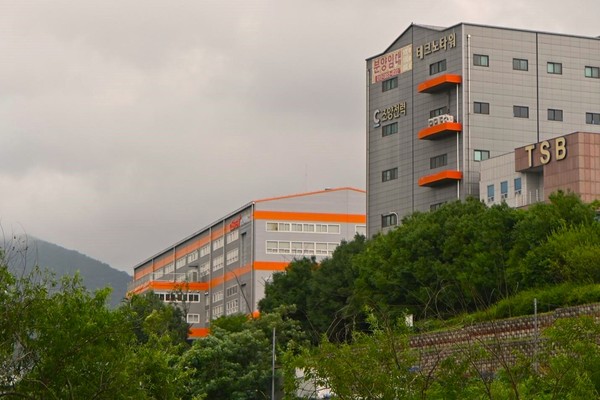
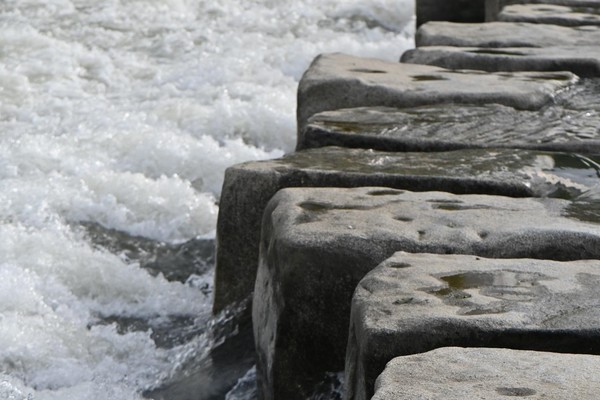

* * *
The dense nature of Dongbaek Island as well as the freshwater habitats of Suyeong River and Oncheon Stream heavily contrast the modern urban image of Haeundae, which is commonly thought to only be filled with skyscrapers and luxurious tourist spots. The formation of Haeundae’s urban ecosystems along forest reserves and streams prove the importance of restoring the environment and maintaining wildlife-friendly zones. Dongbaek Island and Oncheon Stream are two natural wildlife havens located in the city of Busan, where one can meet the local animal residents.
[1] Korea To Do
[2] South Korea National Institute of Biological Resources
[3] Hongju Ilbo
[4] Busan Ilbo

